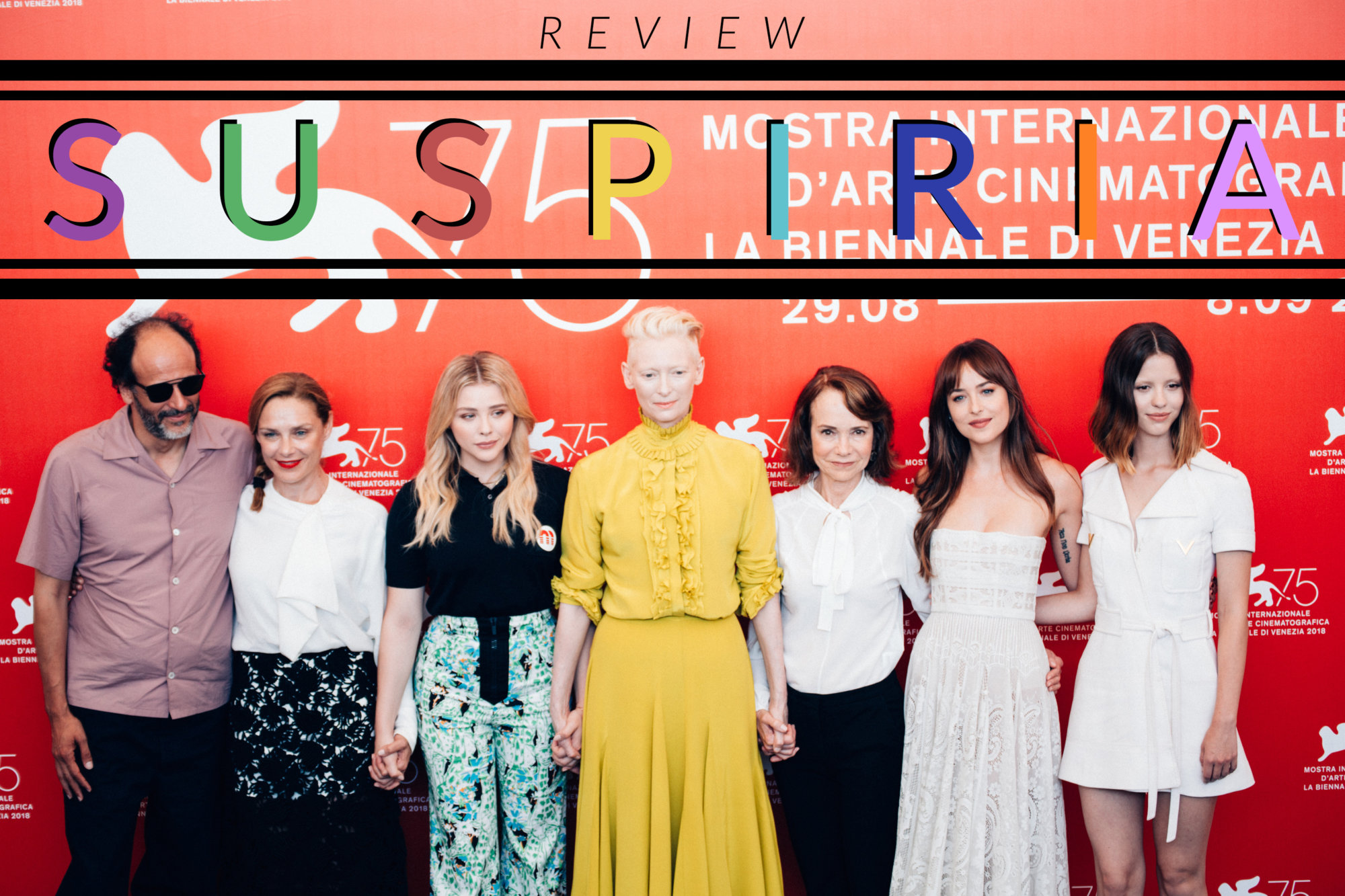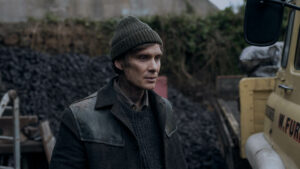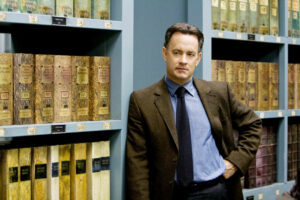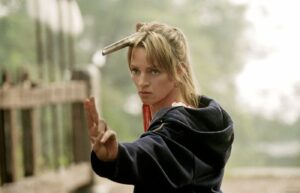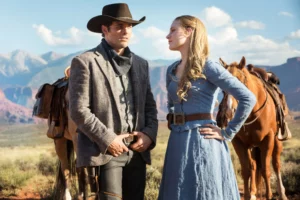After reaching the top of the world with “Call Me By Your Name” and becoming one of the most beloved Italian directors worldwide, Luca Guadagnino returns to Venice after three years with a film that will definitely make us talk.
A movie that is part remake and part tribute, with photography and rhythm studied in detail and a cast that lives up to expectations: here our review of “Suspiria.”
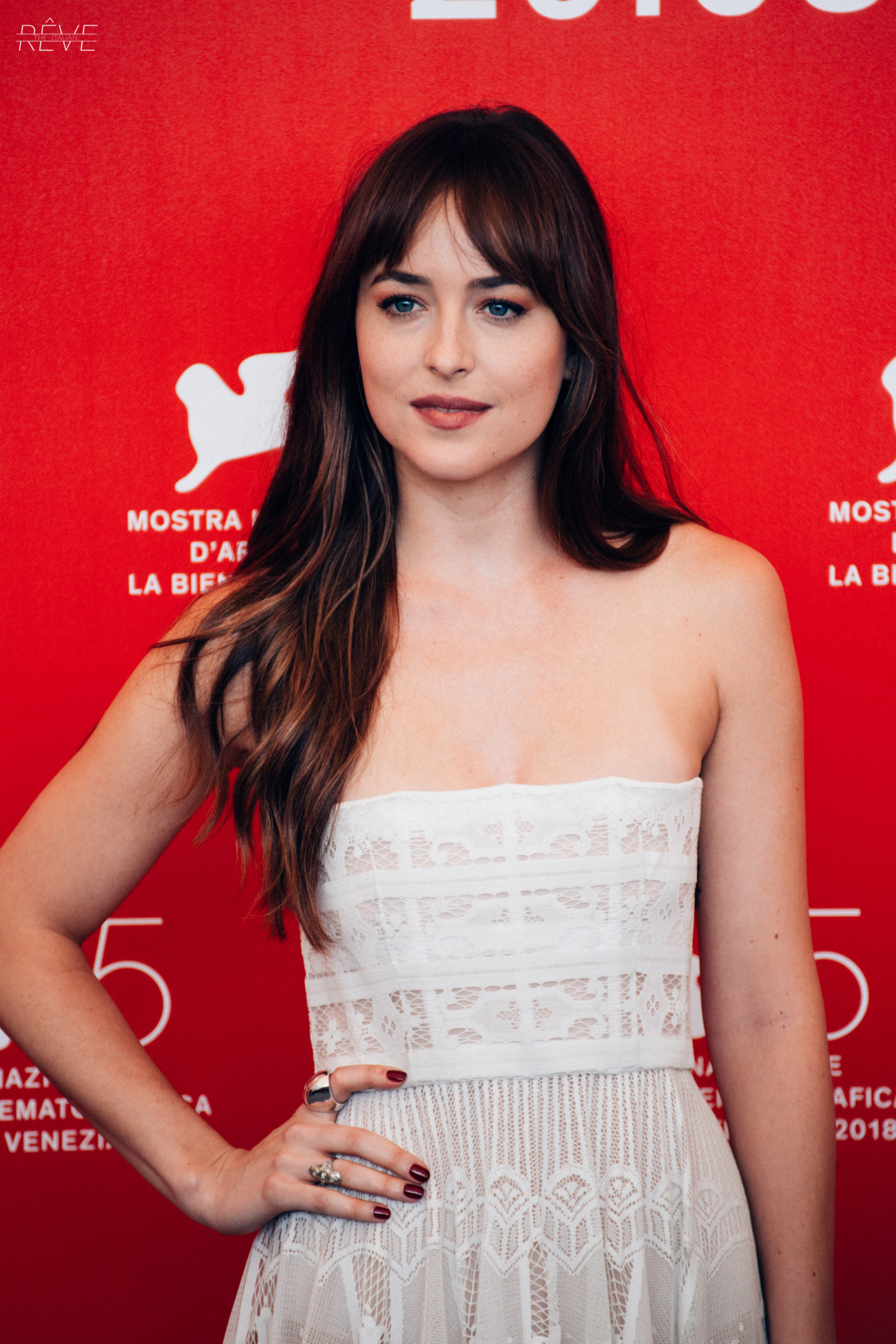
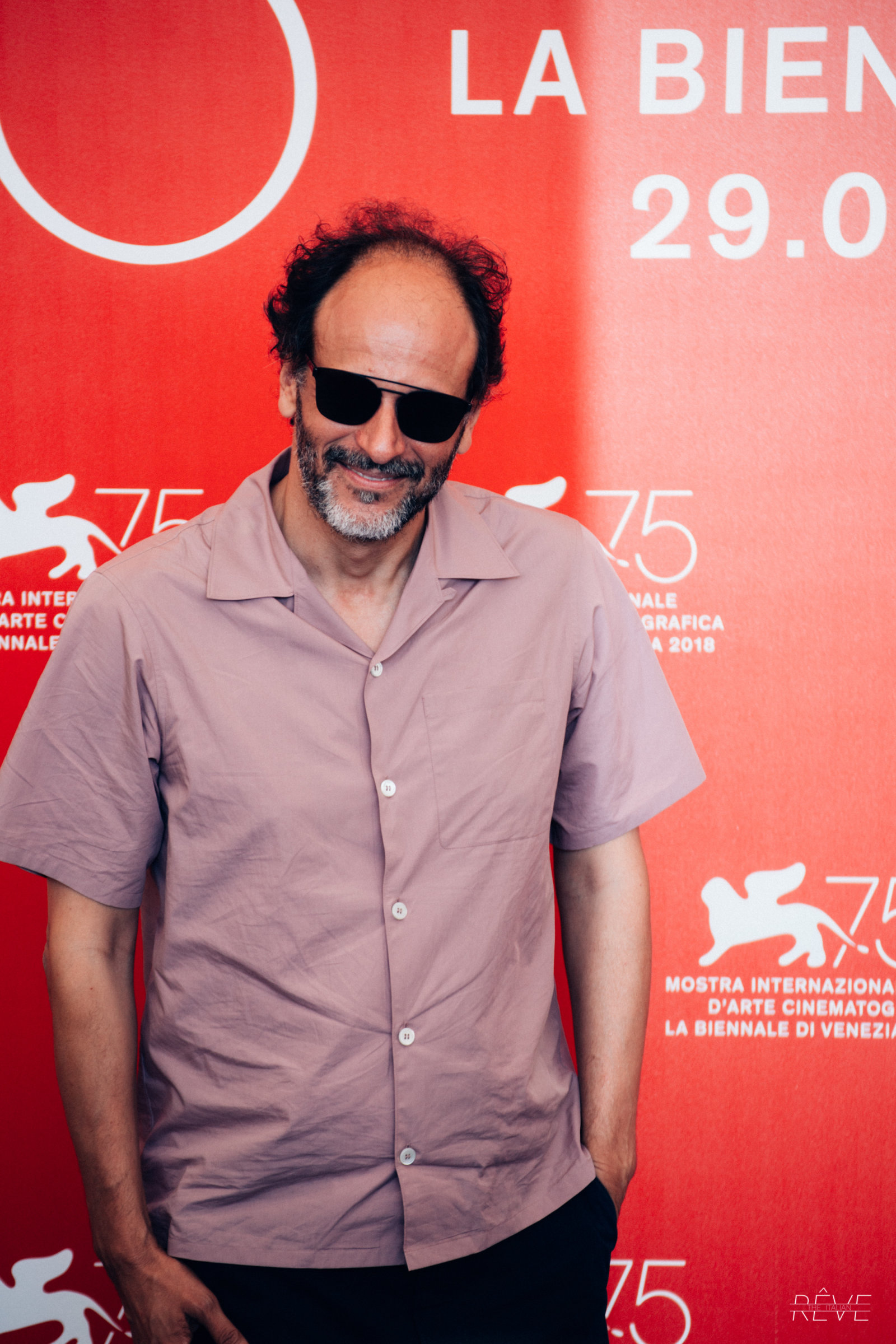
Title
“Suspiria”
Behind and in Front of the Camera
After the great success achieved with “Call Me By Your Name,” Luca Guadagnino dares to take after one of the greatest films by one of his masters, Dario Argento, and realizes a remake that starts close to the original version and then follows its own path.
Guadagnino flawlessly studies the photography, thanks to the director Sayombhu Mukdeeprom, with whom he has already worked in “Call Me By Your Name.”
Another strong point was represented by the choreographies, also thanks to the setting, created to perfection and used just as thoroughly, to give rhythm to the whole film thanks to the work of the choreographer Damien Jalet.
Visually impactful, with dark tones and emphasized by the length of the scenes, “Suspiria” presents an inspired Dakota Johnson, working side by side with the always perfect Tilda Swinton, together with Chloë Grace Moretz and Mia Goth.
In the cast, we also find Jessica Harper, one of the protagonists of the original “Suspiria.”
Although it reflects the veil of secrecy and mystery of the film, there are still doubts regarding the character behind the figure of Dr. Jozef Klemperer, credited as Lutz Ebersdorf but of whom nothing is known: this gave life to the idea that, really, the mysterious actor may be Tilda Swinton herself, hidden behind heavy facial prosthesis.
Who’s Got The Typewriter
The characters are almost completely taken from the original “Suspiria,” however, the screenplay is by David Kajganich, who already collaborated with Guadagnino in “A Bigger Splash” and who also created the first season of “The Terror,” a little gem and anthological TV series from Amazon.
What To know (ABSOLUTELY NO SPOILERS)
The “Suspiria” by Guadagnino is set in Berlin in 1977 (releasing year of the original “Suspiria”), in a city still divided by the wall and still burdened by the weight of the Nazi-driven tragedies.
Here we find the dance company Markos Tanz Company. At this point, we meet Susie (Dakota Johnson), a dancer from Ohio with a huge talent that relies on the teachings of the great dancer Madame Blanc (Tilda Swinton). As in the original film, Susie befriends Sara, and together they begin to suspect that the Company may be just a cover to hide something very dangerous.
Up to here, Guadagnino follows the film of Argento, although he chooses to add the difficult point of the city through the character of Dr. Jozef Klemperer and contextualizing everything during the period of the Palestinian attacks of the ’70s. From this point on, though, he follows his instinct as a director, giving the film a completely different turn.

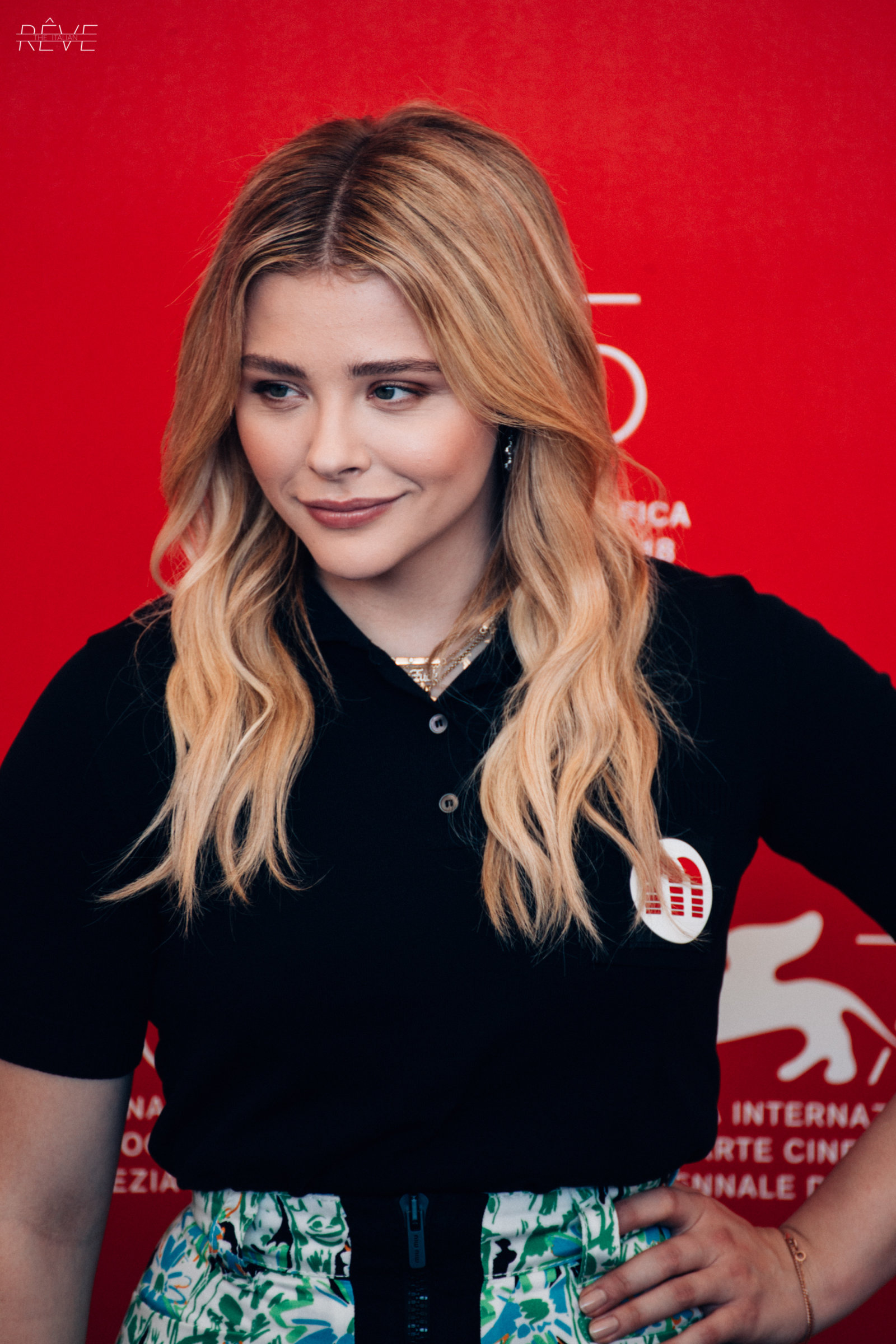
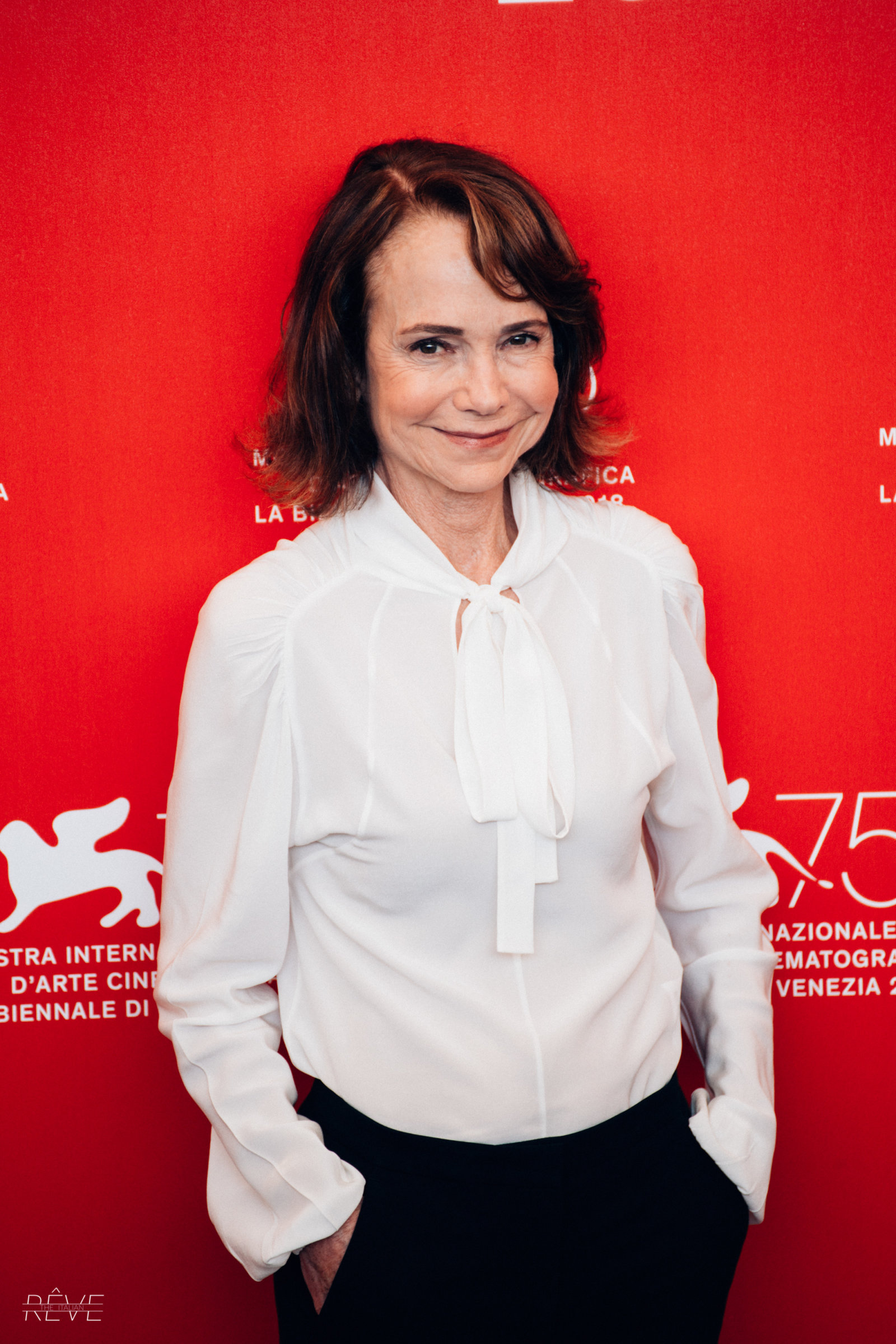
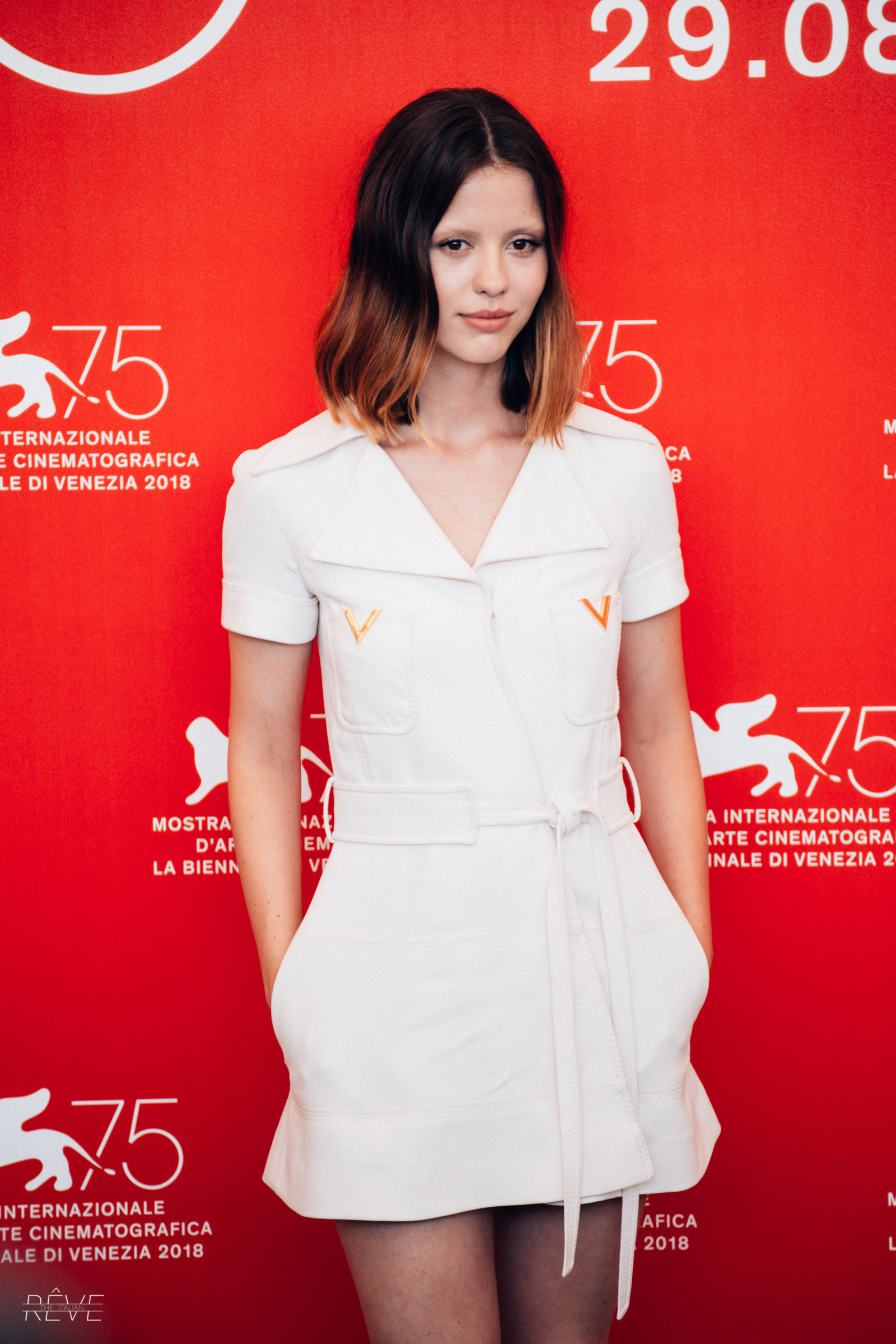
What You’ll Need
In order to have the full picture, it may be a good idea to watch Dario Argento’s “Suspiria,” to understand the emotions and motivations that urged Guadagnino to create this remake. The film is a bit ‘blunter’ than the original, with a more explicit and macabre footage: so, if it’s not really your genre, maybe it is better to look elsewhere during those scenes.
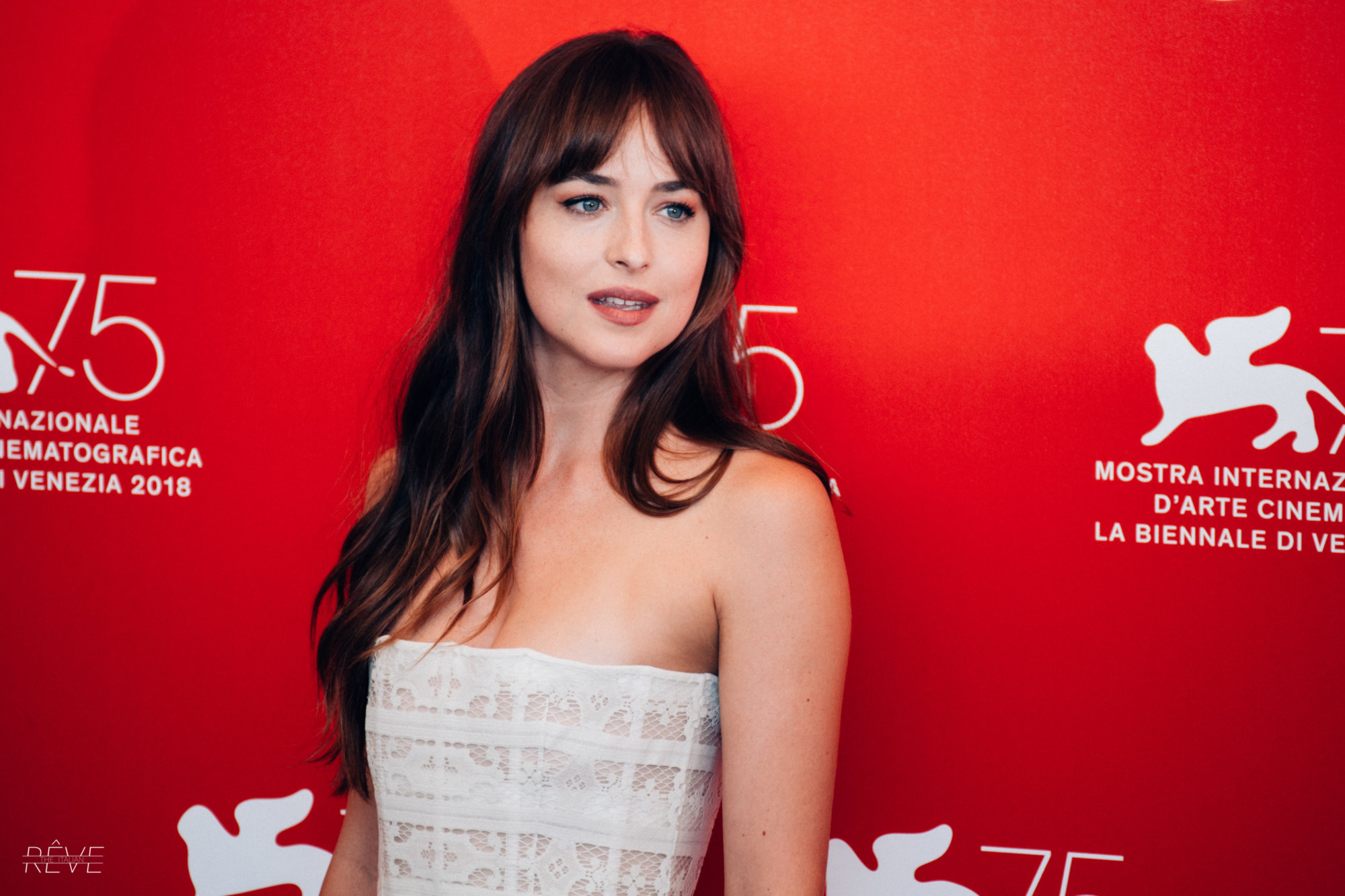
What They Say
Luca Guadagnino: “It was crucial for this film that the dance was not seen as a tinsel but to use it as a real character, as the language of the transcendence of magic.”
On Dario Argento, Luca said: “I love Dario, we all love him. I would not be here if it wasn’t for him. I am becoming a stalker of the masters and directors I admire, and he is one of my masters. I’ll tell you an anecdote: after seeing ‘Suspiria,’ I saw each and every one of Dario’s other films. When I was about 15, I was in Palermo and someone called my mom telling her that Dario Argento was somewhere in the city. So I went to look for him alone and stayed at the window of the restaurant where he was sitting, waiting for him to finish his meal, and I was worried that Dario probably was going paranoid over who was that young man staring at him through the window…well, it was me!”
Thom Yorke: “I took as a reference the soundtrack of the film by Argento. It was a rather strange process from the beginning because I had never made a sound before and Suspiria is one of those legendary sounds. When I was offered this opportunity, I had one of those moments when you really want to refuse but you already know that you’ll regret it. Then I watched the movie and I heard the music of the Goblin, and I found deeply interesting the constant repetition, to the point of being nauseating, that they used and this gave me access to my creative process. There’s a way of repeating music to make it mesmerizing, magical, and in studio, I thought about creating spells.”

One Last Thing…
If Dario Argento had the music of the Goblin, Guadagnino in fact collaborated with Thom Yorke, singer and frontman of Radiohead: he created the perfect atmosphere, far from the usual horror ploy, taking on its intimist side with deep and exciting vocal lines.
It remains far enough from the style of Thom’s colleague Johnny Greenwood, now a landmark in the filmography of Paul Thomas Anderson, but with “Suspiria” a new competition between Radiohead can undoubtedly be about to start.
Out of 5 Lions (Venice Edition)


